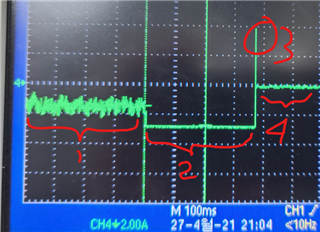Other Parts Discussed in Thread: BQ78350, , BQ76930
Hello
We are developing a battery pack for e-bikes.
Our problem is reverse current.
The ic we use is as follows.
We developed the product using BQ76930 + BQ78350 + BQ76200.
Our FET circuit diagram is as follows.
https://drive.google.com/file/d/1OECMG2Z0VyjeFhBfp6cE12HQRdz6l6iY/view?usp=sharing
Our maximum output is 120A.
The motor is using a 5KW motor.
The reverse current from the motor is very large.
While we were testing, the following problems occurred.
1. TVS Diode exploded.
2. TVS Diode shorted, Varistors also caught fire.
3. Overvoltage cut-off occurs because of reverse current.
4. Resistance 120 ohms burns out of CAN communication components. Because of this, the charger is broken and the battery is broken.
We need to solve the reverse current coming in from the motor.
Ignorant question, but is it possible to charge it if I apply a circuit that prevents reverse current?
I would like to ask for your help on what part of our circuit we need to modify.



